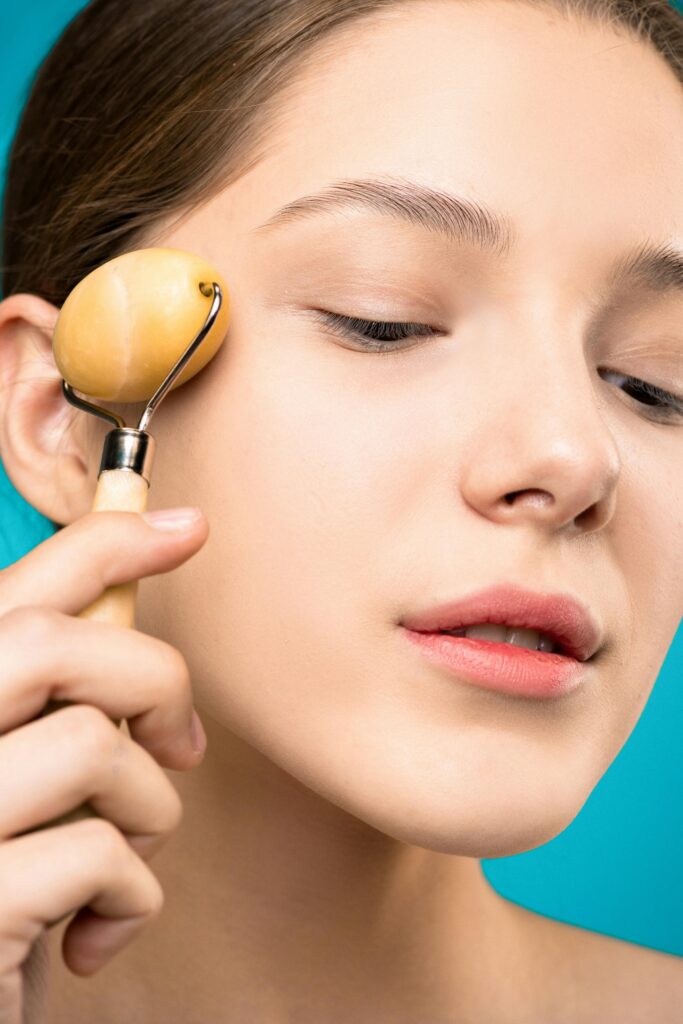Table of Contents:
- Understanding Lymphatic Massages
- Exploring the Sensation During Lymphatic Massages
- Addressing Pain Concerns
- Conclusion
- Frequently Asked Questions
If you’ve ever considered getting a lymphatic massage, you might be wondering, do lymphatic massages hurt? This gentle yet effective massage technique is known for its ability to promote lymph flow and detoxification, but many are curious about the sensation it brings. Understanding how lymphatic massages work and what to expect in terms of discomfort can help you make an informed decision about whether it’s right for you.
Lymphatic massages are designed to be soothing and relaxing, focusing on light pressure and rhythmic movements to encourage lymph drainage. While some individuals may experience mild discomfort during the massage, it’s important to remember that pain levels can vary depending on your sensitivity and the therapist’s technique.
By learning more about the potential sensations involved, you can approach your lymphatic massage with confidence and reap the benefits it has to offer.
Understanding Lymphatic Massages
When wondering about the impact of lymphatic massages, it’s important to consider that these massages are generally gentle and designed to enhance lymph flow and detoxification using soft and calming techniques involving light pressure and rhythmic movements.
While some people might feel slight discomfort during the massage, the level of pain can differ depending on the sensitivity and the therapist’s approach. Being aware of the potential sensations can help you approach lymphatic massages with assurance to reap their benefits.
What Are Lymphatic Massages?
Lymphatic massages are specialized massages that focus on stimulating the lymphatic system to promote the natural drainage of lymph, which carries waste products away from tissues and back toward the heart.
Unlike traditional massages that primarily target muscles, lymphatic massages involve light pressure and rhythmic, circular motions to support lymph flow, reduce swelling, and enhance detoxification.
- Enhanced Lymph Flow: Lymphatic massages help improve the circulation of lymph fluid in the body, aiding in the removal of toxins and waste materials.
- Reduced Swelling: By promoting lymph drainage, these massages can reduce swelling and edema in various parts of the body.
- Detoxification: The gentle techniques used in lymphatic massages support the body’s natural detoxification process by eliminating impurities and facilitating a healthier internal environment.
- Immune System Support: Stimulating the lymphatic system through massages can boost immune function, helping the body defend against infections and illnesses more effectively.
- Relaxation and Stress Relief: The soothing nature of lymphatic massages promotes relaxation, reduces stress levels, and enhances overall well-being.
Exploring the Sensation During Lymphatic Massages
The Sensation of Lymphatic Massages
During lymphatic massages, you may experience a range of sensations. These massages are typically gentle and soothing, involving light pressure and rhythmic movements to enhance lymph flow and detoxification.
While some individuals might feel mild discomfort, it’s important to note that pain levels can vary depending on your sensitivity and the therapist’s technique.
Addressing Pain Concerns
When considering lymphatic massages, it’s essential to address any concerns about potential pain. While these massages are generally known for their gentle and relaxing nature, some individuals may wonder about the possibility of discomfort. It’s important to note that the level of pain experienced during a lymphatic massage can vary depending on factors such as individual sensitivity and the techniques used by the therapist.
Understanding that pain perception is subjective can help you approach lymphatic massages with confidence. Communicating your comfort levels with your therapist is crucial, as they can adjust the pressure and technique to ensure a more pleasant experience for you.
Remember, the primary goal of lymphatic massages is to enhance lymph flow, detoxify the body, reduce swelling, and promote overall well-being. By addressing any pain concerns upfront and maintaining open communication with your therapist, you can optimize the benefits of this treatment.
Conclusion
Lymphatic massages are generally gentle and aim to enhance your well-being by improving lymph flow and detoxification. While some individuals may experience mild discomfort during the massage, it’s important to communicate openly with your therapist to adjust the pressure for a more comfortable session.
By understanding that pain perception varies from person to person, you can optimize the benefits of these massages for relaxation, reduced swelling, and improved lymphatic system function. Trust in the process, communicate your preferences, and enjoy the soothing effects of lymphatic massages on your overall health.
Frequently Asked Questions
What are the benefits of lymphatic massages?
Lymphatic massages can enhance lymph flow, aid in detoxification, promote relaxation, reduce swelling, and support the body’s natural drainage system for improved health and well-being.
Can lymphatic massages be painful?
Mild discomfort may be experienced during lymphatic massages, but pain levels vary based on individual sensitivity and the therapist’s techniques.
How can I make my lymphatic massage experience more comfortable?
Communicate openly with your therapist about any discomfort during the session to adjust pressure and techniques for a more pleasant experience.
What should I expect during a lymphatic massage session?
During a lymphatic massage session, you can expect gentle, soothing techniques aimed at enhancing lymph flow and promoting overall well-being.



